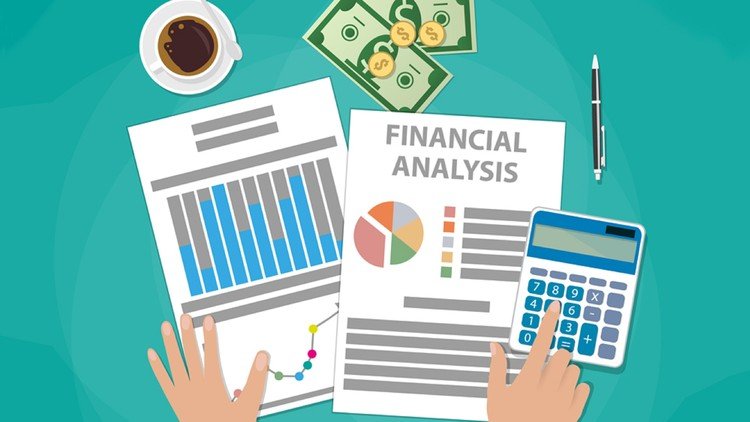A Financial Analyst is a professional who evaluates financial data to help businesses make informed decisions about investments, budgets, and overall strategy. Their core role is to interpret financial information, identify trends, assess risks, and recommend actions that support financial goals.
Who is a Financial Analyst?
A Financial Analyst:
- Collects and analyzes financial data (income statements, balance sheets, cash flows)
- Builds financial models to forecast performance
- Assesses investment opportunities or cost-saving measures
- Prepares reports and presentations for executives or investors
- Monitors economic, industry, and company trends

